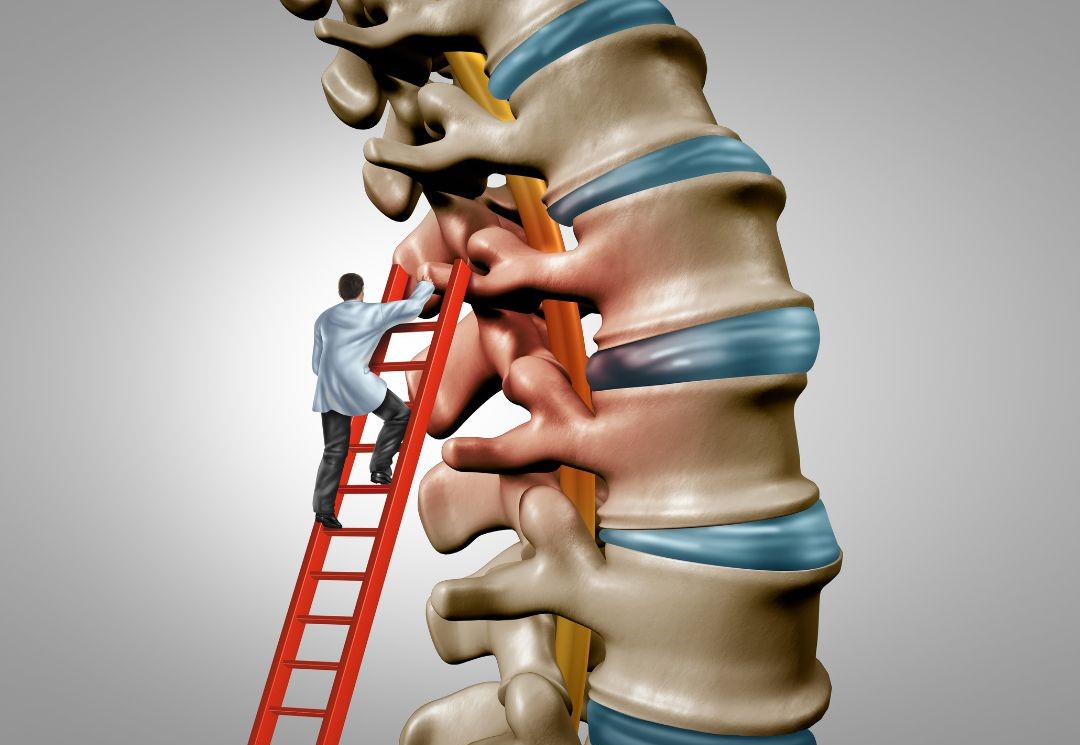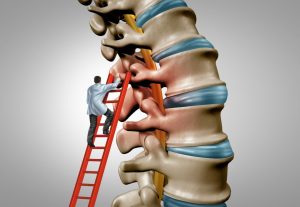
The Ageing Spine: Navigating Changes with Grace
Ageing is a natural and inevitable part of life, and it affects every part of our bodies, including our spine. Just as a well-read book might have a few creases on its pages, a well-lived-in body might have a few wrinkles. But if you take care of them, the spines of both (books and people) will support them for years to come. And while it’s true that age brings degenerative changes to the spine, it also brings resilience, adaptability, and the ability to embrace the changes in our bodies. So, let’s use that wisdom to learn what we can do to care for our spines. But if you’re currently suffering from backache, feel free to cut to the chase and call us for an appointment on (02) 9523 9940. The chiropractors at Bayside Chiropractic will do their best to alleviate your pain so you can get back to nurturing a healthy body and spine for life.
 Degeneration of Cartilage and Discs:
Degeneration of Cartilage and Discs:
One of the most common changes that occur in the ageing spine is the degeneration of cartilage and intervertebral discs. Intervertebral discs, located between each vertebra, serve as shock absorbers and allow flexibility in the spine. With age, these discs lose water content and become less pliable, leading to a decreased ability to absorb shock. This results in a reduced range of motion and can contribute to stiffness and discomfort.
The cartilage, which lines the vertebral joints, also deteriorates over time, causing friction between the bones. This friction can lead to osteoarthritis, a condition characterised by pain and decreased joint function.
It’s important to note that while these changes are a natural part of ageing, there are ways to mitigate their effects. Regular physical activity, maintaining a healthy weight, practicing good posture, staying hydrated and well-nourished (including Vitamin D, Calcium, Collagen and foods with anti-inflammatory effects) all support spine health.
Ligament Changes:
The ligaments in the spine play a crucial role in maintaining stability and providing support. As we age, these ligaments can lose some of their elasticity and strength. This reduction in elasticity can make the spine more susceptible to stiffness and injury. It’s essential to incorporate regular stretching and flexibility exercises to counteract this loss of ligament elasticity and maintain spinal health.
Lack of Core Stability:
Core stability is essential for maintaining a healthy spine. As we age, there is a natural tendency for core muscles to weaken. A strong core supports the spine and helps distribute the weight of the upper body evenly, reducing strain on the spine. So planks, leg-raises, crunches and Pilates aren’t just fun fitness challenges – they’re spine savers.
Osteoporosis and Spinal Fractures:
Osteoporosis, a condition characterised by reduced bone density and strength, is a significant concern for the ageing spine. Most osteoporotic fractures occur in the vertebrae. The loss of bone density in the spine makes it more vulnerable to fractures, even with minor trauma. These fractures can lead to severe back pain, deformity, and a reduction in overall quality of life.
To combat the effects of osteoporosis, it’s important to engage in weight-bearing exercises, maintain a diet rich in calcium and vitamin D, and, if necessary, consult with a healthcare professional about medications that can help improve bone density. Early detection and intervention are crucial in managing osteoporosis.
Postural Changes:
As the spine ages, it may undergo postural changes. These changes can result from the cumulative effects of degeneration, muscle weakness, and osteoporosis. Common postural changes in the ageing spine include a forward head posture, increased thoracic kyphosis (rounding of the upper back), and a reduced lumbar lordosis (inward curve of the lower back). These changes can lead to discomfort and an increased risk of injuries.
Maintaining good posture through regular stretching, strengthening exercises, and ergonomic modifications can help counteract these changes and prevent the development of abnormal postures.
Conclusion: Navigating the Ageing Spine with Care
So, there you have it, the ageing spine is a complex and remarkable part of the human body. While it undergoes natural changes over time, there are steps you can take to promote spine health and minimise the impact of these changes. Regular exercise, proper nutrition, and good posture are essential components of maintaining a healthy spine as we age. And know that we are here for you if you have any spine-related concerns. The chiropractors here at Bayside Chiropractic are experts in all things spine related. Call us to make an appointment on (02) 9523 9940 so we can help you move and feel better for longer. We hope you found this informative and interesting. If you did, why not follow us on social media. We’re on Facebook and share fun facts there regularly. Here’s to embracing the wisdom that comes with age and taking good care of our incredible spines along the way!
